International
Ukraine strikes with its drones one of the biggest blows of the war to the Russian arsenal
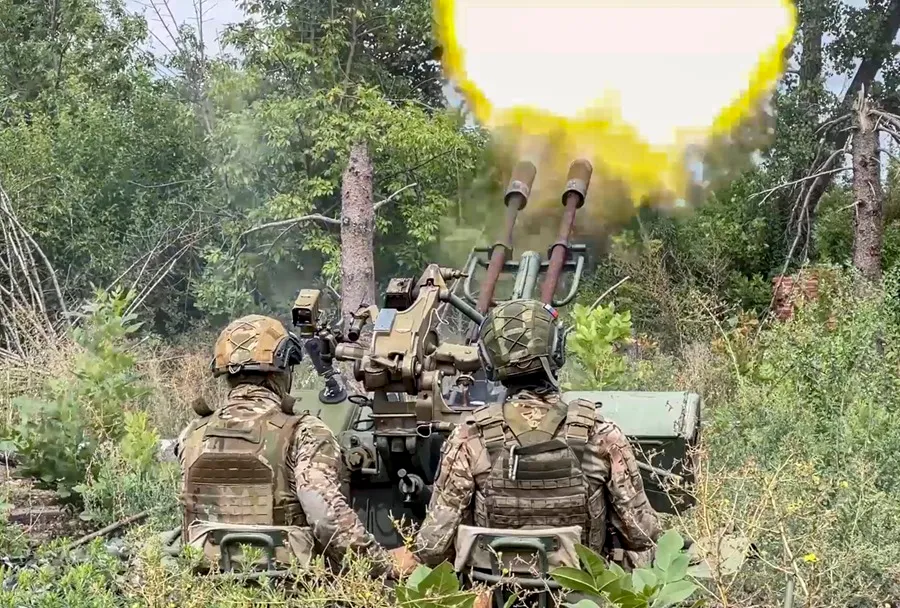
Faced with the resistance of its partners to lifting the ban on using their long-range missiles against Russian territory, Ukraine once again resorted to its own drones to hit the enemy rearguard with a massive attack that hit a warehouse of missiles, ammunition and aerial bombs in the city of Toporets in the Tver region of western Russia.
According to sources of the Ukrainian espionage, the attack was a joint operation by the Security Service of Ukraine (SBU), the Kiev military intelligence and the special forces of the Army and reached an ammunition depot in which Iskander and Tochka-U missiles were stored, in addition to aerial bombs and ammunition for artillery.
According to the Russian Telegram channel Astra, the warehouse in question, located in the city of Toporets in the Tver region, was hit by six Ukrainian kamikaze drones around 3.30 a.m. local time (00.30 GMT).
The Ukrainian portal Militarni, specialized in defense matters, has revealed that the attacked unit is 541690 of the Main Directorate of Missiles and Artillery of Russia (GRAU), in information that includes the coordinates of the attacked tank.
According to the balance sheet offered by the Russian Ministry of Defense, 54 drones were shot down throughout Russian territory during last night’s Ukrainian attack, 27 of them over the Kursk region, the scene of a military operation in Kiev since last August 6.
The authorities of the Tver region ordered the evacuation of part of the population of the area where the anti-aircraft defenses were activated in the city of Toporets, of about 11,400 inhabitants, located 460 kilometers from the Ukrainian border and where the attacked weapons warehouse is located, which had already been the target of the Ukrainian drones on two other occasions during the war.
Access to the city was reopened on Wednesday afternoon, when the evacuees were able to return to their homes.
According to the governor of Tver, Igor Rudenia, the attack has not caused fatalities or serious injuries.
Ukraine has made attacks on military airfields and missile and air bomb deposits one of its top priorities during the last months of the war, with the aim of reducing Russian air superiority.
According to data from the Ukrainian Army, Russian warplanes launch a hundred airstrikes every day against Ukrainian positions, infrastructure and inhabited areas, often causing civilian victims.
Through the massive use of guided air bombs – conventional high-power explosives equipped with their own navigation systems that allow the planes to launch them from outside the reach of enemy defenses – Russian aviation destroys Ukrainian defensive structures to pave the way for ground troops.
Kiev has insistently asked its main allies to allow it to multiply the effectiveness of its attacks on airfields and related infrastructures located within Russia with the use of its long-range missiles for this type of attack.
Given the resistance that its partners have shown so far, Ukraine must be content with using its drones for this type of operation, which increasingly hit Russian military installations but have so far failed to significantly decimate Russian aviation.
None of the countries with the capacity to transfer long-range missiles to Ukraine has given the green light for the moment to this request from Kiev, which is welcomed by countries with less military power and by some leaders of Western supranational organizations such as NATO, whose Secretary General, Jens Stoltenberg, said on Monday that he “applauds” the efforts of the allies to take this step.
Speaking to a Russian radio, Kremlin spokesman Dmitri Peskov criticized Stoltenberg for “not taking seriously” the warnings in this regard by Russian President Vladimir Putin, who said last week that giving permission to Kiev to attack Russian territory with long-range weapons will be interpreted with Moscow as a NATO entry into the war against Russia.
Peskov linked Stoltenberg’s words to the imminence of the end of his mandate at the head of the Atlantic Alliance. “It is clear that soon he will no longer have any responsibility for these words, but it is an extremely provocative and dangerous position,” he said.
International
Meta Says Russia Seeks to Ban WhatsApp for Defending Secure Communication

U.S. tech giant Meta, the parent company of WhatsApp, said that Russia is seeking to ban the messaging app because it “challenges government attempts to violate people’s right to secure communication.”
Russian authorities have encouraged citizens to switch to state-backed applications, and in August they already blocked WhatsApp’s calling feature.
On Friday, the communications regulator Roskomnadzor claimed that the platform was being used to “organize and carry out terrorist acts in the country, recruit perpetrators, and facilitate fraud and other crimes.”
“If the messaging service does not comply with Russian law, it will be completely blocked,” the regulator warned.
WhatsApp remains one of Russia’s most widely used messaging services, alongside Telegram.
Moscow is pressuring both platforms to grant authorities access to user data upon request for investigations into fraud and activities the government labels as “terrorist.”
Human rights advocates fear the demand could be used to target critics of the Kremlin, President Vladimir Putin, or the war in Ukraine.
International
Archbishop Wenski criticizes Trump’s deportation policies, calls for stronger push for reform
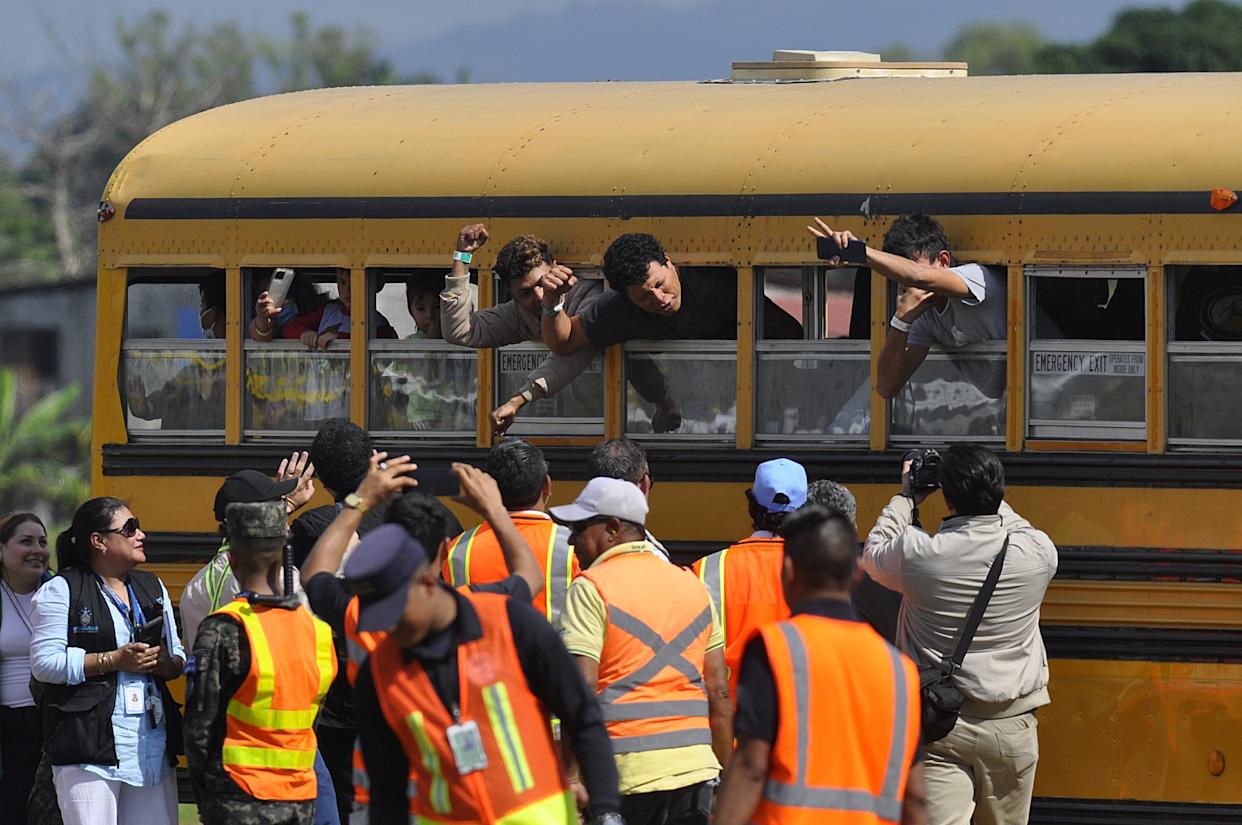
The Archbishop of Miami, Thomas Wenski, has called for increased pressure on the U.S. Congress to advance comprehensive immigration reform and criticized President Donald Trump’s mass deportation policies, arguing that they “do nothing to help.”
“We need to apply more pressure on Congress so lawmakers can make the necessary changes. It is also important for the Administration to listen to our voice. We do not want to be anyone’s enemy—we are Americans,” Wenski said in an interview with EFE.
The religious leader, who heads one of the dioceses with the largest Latino and Haitian populations in the United States, issued a call to defend the rights of migrants. He also emphasized that the U.S. Conference of Catholic Bishops (USCCB) has maintained a strong and public stance in favor of migrants for decades.
International
Trump relaunches diplomatic push to finalize U.S.-Backed peace plan for Ukraine War

U.S. President Donald Trump announced on Tuesday that his diplomatic team will resume meetings with delegations from Russia and Ukraine in an effort to pressure both sides to accept the peace plan proposed by Washington to end the war in Ukraine.
As part of this new round of talks, U.S. Special Envoy Steve Witkoff will travel to Moscow to meet with Russian President Vladimir Putin. Meanwhile, Army Secretary Dan Driscoll will hold discussions with Ukrainian representatives to narrow differences on the remaining points of the agreement.
Trump also confirmed his intention to meet personally with Ukrainian President Volodymyr Zelensky and with Putin, though he emphasized that such meetings will only take place “when the agreement is fully finalized or in its final stage.”
The president claimed that his administration has made “tremendous progress” toward resolving the conflict and reiterated that the war “never would have started” if he had been in the White House at the onset of the crisis.
The U.S.-backed peace plan consists of 28 points and has been revised following feedback from both sides. According to Trump, only “a few points of disagreement” remain under active discussion.
One of the most controversial aspects of the proposal is the suggestion that Ukraine cede parts of the Donbas region to Russia and limit the size of its armed forces. Kyiv is working closely with Washington to soften these clauses in search of an arrangement that does not compromise its sovereignty or security.
With this diplomatic push, Trump aims to solidify his role as the main mediator in the conflict and steer the war toward a political resolution after years of devastation, humanitarian crisis, and rising global geopolitical tensions.
-

 International5 days ago
International5 days agoTrump relaunches diplomatic push to finalize U.S.-Backed peace plan for Ukraine War
-

 International5 days ago
International5 days agoBolsonaro misses appeal deadline, faces imminent prison order by Brazil’s Supreme Court
-
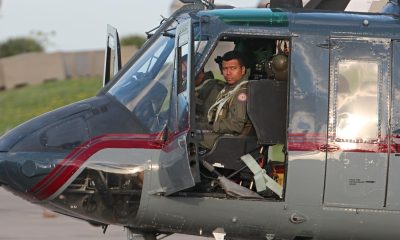
 Central America3 days ago
Central America3 days agoPanama reinforces security with new helicopters and Super Tucano Aircraft purchases
-
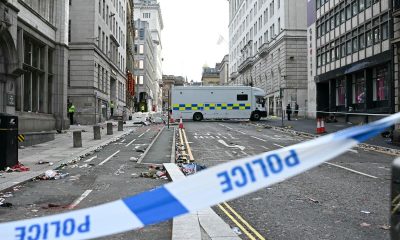
 International5 days ago
International5 days agoMan pleads not guilty in Liverpool parade incident that injured more than 130
-

 Central America1 day ago
Central America1 day agoTrump Pardons Former Honduran President Hernández and Warns of Aid Cuts Ahead of Election
-

 International5 days ago
International5 days agoMacron to announce new voluntary military service amid rising security concerns in Europe
-

 Central America3 days ago
Central America3 days agoTrump urges hondurans to back conservative candidate Nasry Asfura in november elections
-
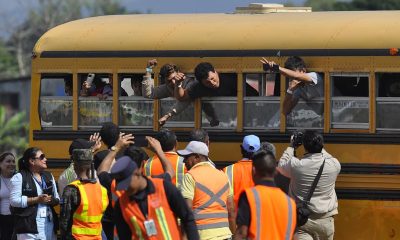
 International3 days ago
International3 days agoArchbishop Wenski criticizes Trump’s deportation policies, calls for stronger push for reform
-

 Central America3 days ago
Central America3 days agoWashington calls for oversight as Honduras faces allegations of electoral interference
-

 Central America10 hours ago
Central America10 hours agoHonduras’ China–Taiwan Future Hinges on Sunday’s Presidential Election
-

 International1 day ago
International1 day agoMeta Says Russia Seeks to Ban WhatsApp for Defending Secure Communication






























